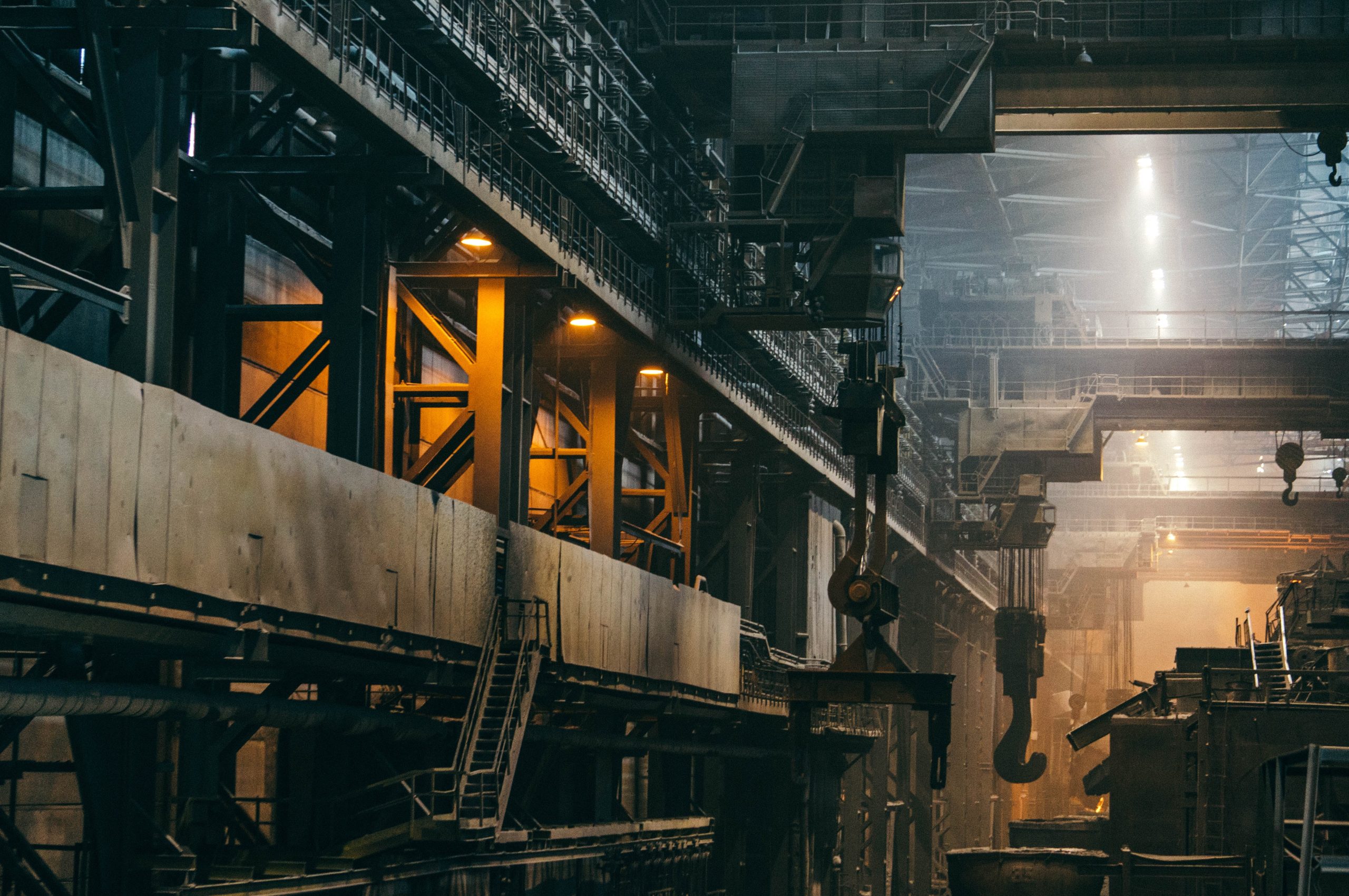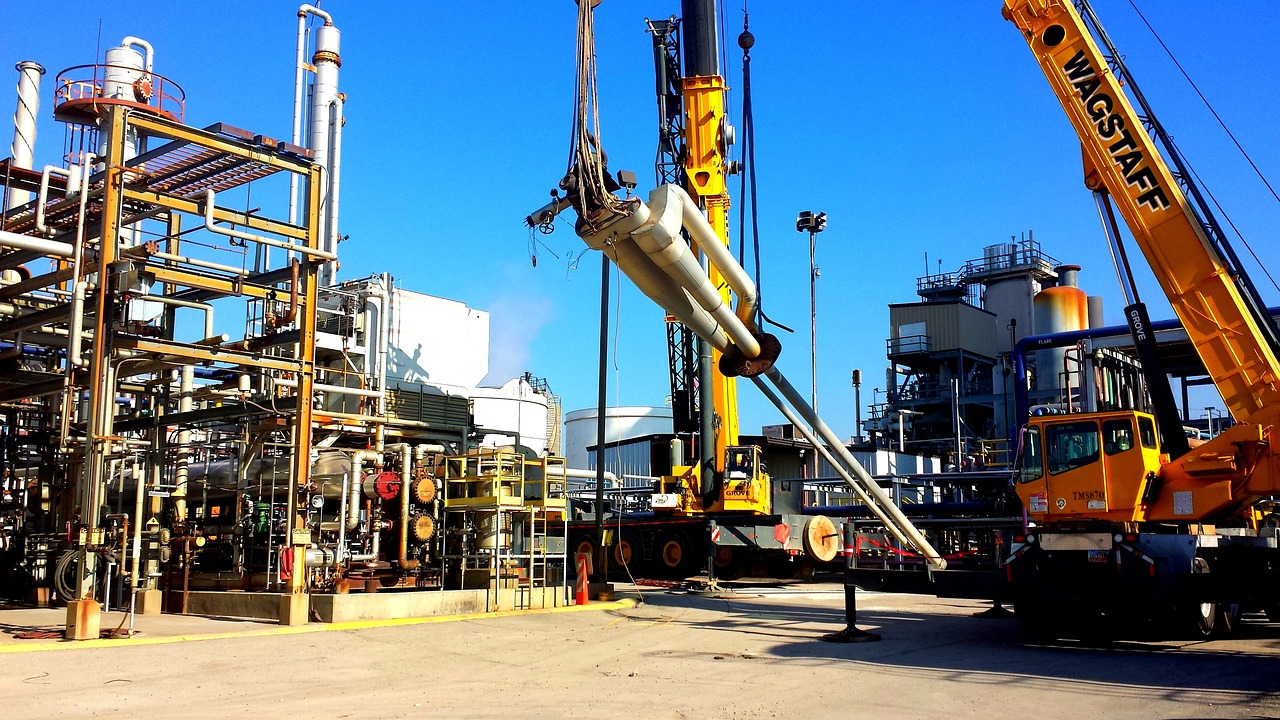Do you want to know the latest scoop on Tesla’s value and depreciation? Look no further! With the electric vehicle industry expanding rapidly, it’s important to keep up with how your investment is performing. In this blog post, we’ll dive into the latest data on Tesla’s depreciation problem and discuss what it means for investors like you. So buckle up and get ready for a deep dive into one of the hottest topics in the auto industry right now!
What is Tesla’s Depreciation Problem?
Tesla’s Depreciation Problem
Tesla’s depreciating assets have been a problem for years now. The company has been trying to combat this by introducing new models, but it seems to be having little success. In 2017, Tesla’s value decreased by 22%, despite the release of a new model.
The reason for this is that Tesla’s cars are not lasting as long as they used to. Over the past few years, Tesla has switched from using traditional metal and polymer parts to electrical components and batteries. These electrical components tend to wear out faster, which impacts the value of the car. Another issue is that Tesla charges very high prices for its cars, which makes them less affordable over time.
In order to counteract these problems, the company needs to find a way to increase the lifespan of its cars and reduce their price tags. Until then, Tesla’s depreciation problem will continue.
How much Tesla has lost in value over the past year
Tesla stock has lost a lot of value over the past year, and there are several factors contributing to the slide.
First, Tesla’s share price has been hit hard by competition from other carmakers such as GM, Ford, and Nissan. EVs have become more popular in recent years, but Tesla is still some way behind in terms of market share.
Second, Tesla’s production numbers haven’t been as good as investors had hoped. The company announced earlier this year that it was having serious manufacturing issues with its Model 3 sedan, which could dent investor confidence.
Third, Tesla has been burning through a lot of cash – the company has reportedly burned through $3 billion since 2016. This has caused shares to drop because it means that the company won’t be able to fund future projects or pay off debts.
The Root of Tesla’s Depreciation Problem
Tesla’s stock price has been dropping for the past year, and analysts are concerned about the company’s ability to cover its depreciation costs. The root of Tesla’s depreciation problem is its rapid growth in 2017 and 2018.
In 2017, Tesla produced 50,031 vehicles, up from 33,370 in 2016. This rapid growth caused Tesla’s value to increase significantly due to the high demand for its cars. Unfortunately, this growth also caused Tesla to use more expensive materials and build more vehicles than it could afford to maintain.
Since 2018, Tesla has produced only 31,593 vehicles. This decrease in production has caused Tesla’s value to decline even more because it now needs to spend less money on materials and can produce fewer cars per year. This decrease in production also increases Tesla’s depreciation costs because it needs to spend more money on repairs and replacements.
Analysts are worried that if Tesla doesn’t find a solution to its depreciation problem soon, its stock price will continue to decline and the company will be unable to continue funding its operations.
What Tesla Can Do to Address Its Depreciation Problem
Tesla’s Depreciation Problem: Examining the Latest Data
Since Tesla’s initial public offering in 2010, the electric car maker has faced a number of issues. Chief among these has been its high depreciation rates- meaning that, on average, Tesla cars lose 50% of their value in the first four years after they’re purchased. According to an analysis by The Wall Street Journal, this is largely due to Tesla’s use of expensive materials and unique manufacturing processes.
This problem is likely to continue for at least another two years, thanks to a recent spike in depreciation rates. In Q4 2018, Tesla’s production and sales volumes both decreased significantly, which resulted in a corresponding increase in depreciation rates. This trend is set to continue into 2019 as well- unless something changes.
There are a few potential solutions that Tesla could take in order to address its depreciation problem. For example, the company could reduce the cost of its materials or introduce new models that are less prone to depreciate rapidly. However, these solutions would likely come with significant costs and would not necessarily solve the underlying issue of Tesla’s high depreciation rates.
Conclusion
There has been a lot of discussion lately about Tesla’s depreciation problem, and while it is still unclear what the root cause is, examining the latest data can help shed some light on the issue. Tesla’s losses continue to mount despite record revenue in Q1 and even though Model 3 production is increasing rapidly, its share price continues to decline. A closer look at Tesla’s cash flow reveals that it actually burned more money than it generated in Q1 – this confirms previous reports that its main problem is not manufacturing capacity but rather overspending. Unfortunately, this pattern seems unlikely to change any time soon and unless Tesla addresses its underlying issues, its stock will likely continue to decline.










